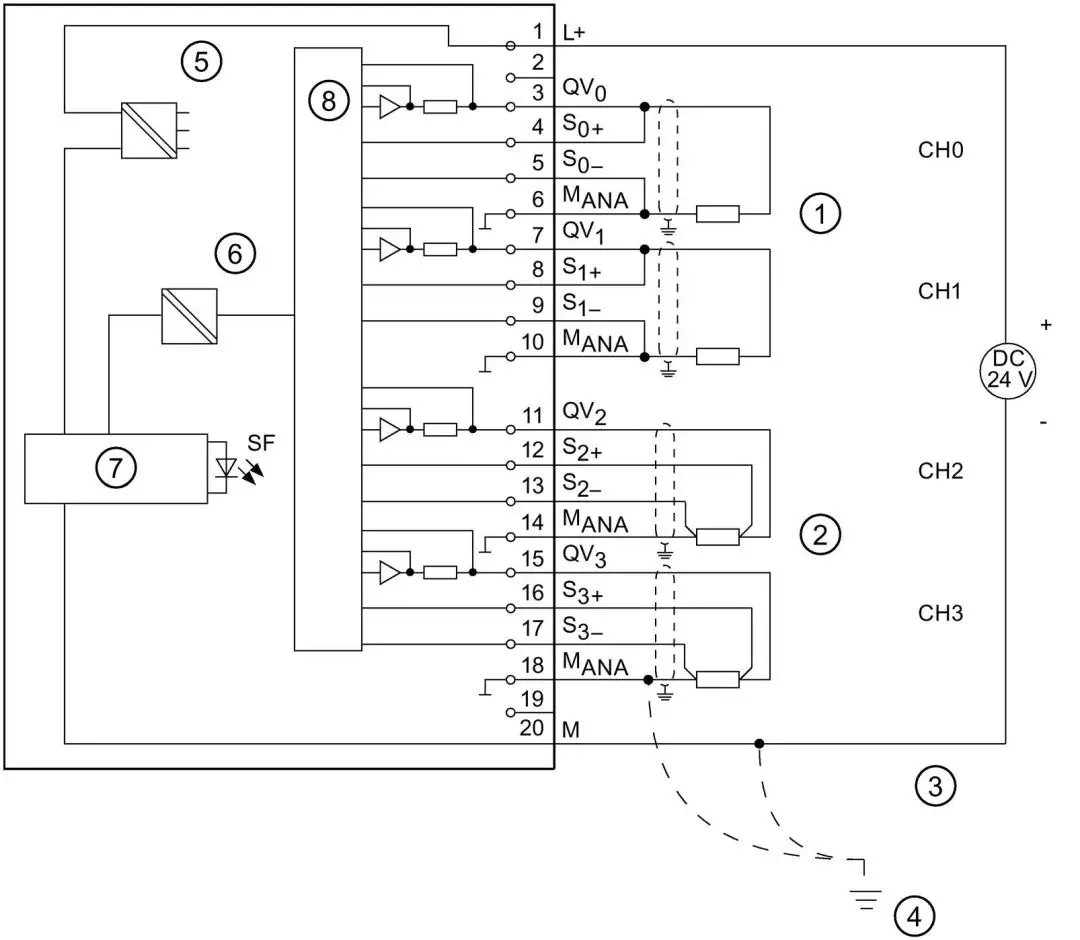PLC is a digital electronic device with a microprocessor, a digital logic controller for automatic control, which can load control instructions into the memory at any time for storage and operation.The programmable controller is modularly composed of internal CPU, instruction and data memory, input and output unit, power module, digital and analog units. PLCs can receive (input) and send (output) many types of electrical or electronic signals and use them to control or supervise almost all kinds of mechanical and electrical systems.
PLC is designed using a range of reliability design methods.
PLC has high ease of operation. It has the characteristics of simple programming, convenient operation, easy maintenance, etc., and is generally not prone to operation errors.
The diversity of programming methods makes programming simple and application expanded. The operation is very flexible and convenient, and it is easy to monitor and control variables.

When the PLC is put into operation, its working process is generally divided into three stages, namely input sampling, user program execution and output refresh. Completing these three phases is called a scan cycle. Throughout the operation, the PLC's CPU repeats the above three stages at a certain scanning speed.
In the input sampling phase, the PLC reads in all input states and data sequentially in a scan mode and stores them in the corresponding units in the I/O image area.
During the user program execution phase, the PLC always scans the user program (ladder diagram) sequentially from top to bottom.
When the scanning user program is completed, the PLC enters the output refresh phase. During this period, the CPU refreshes all output latch circuits according to the corresponding status and data in the I/O image area, and then drives the corresponding peripherals through the output circuit. At this time, it is the real output of the PLC.
A programmable logic controller is an electronic system for digital arithmetic operation designed for use in industrial environments.It uses a class of programmable memory for its internal stored programs to perform user-oriented instructions such as logic operations, sequence control, timing, counting and arithmetic operations, and to control various types of mechanical or production processes through digital or analog input/output.The programmable logic controller and its related external devices are designed according to the principle of easy integration with the industrial control system and easy to expand its functions.